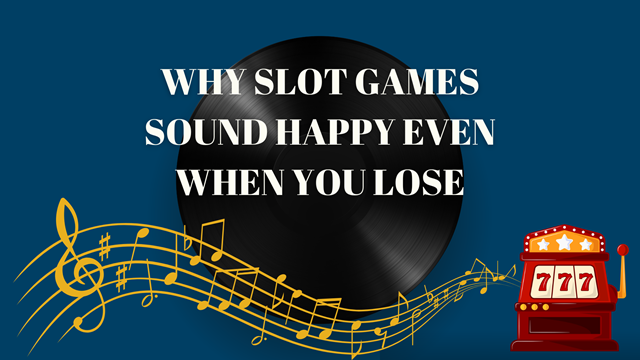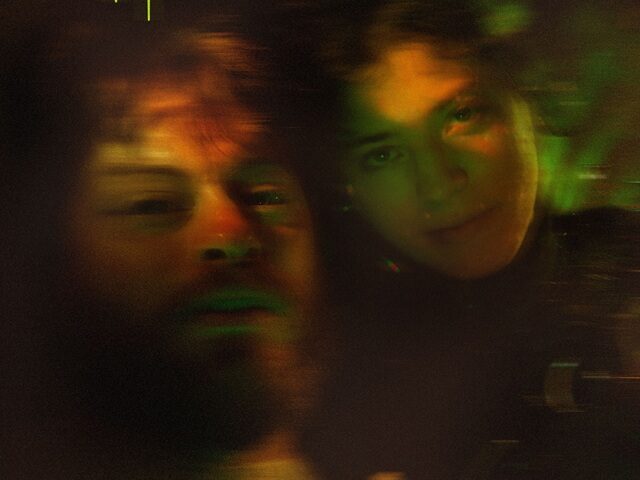
Licensing your music is essential to getting proper credit for your hard work and talent. Even if your music is polished and good, there are several precautionary steps to take before undergoing the licensing process. This prep work will ensure that your own creation is safe and sound, binded by proper rights and licensing. More importantly, it will make the prospect of using your licensed music more appealing to interested parties:
Abide by Strict High Quality Standards of Production
While there is certainly a niche for bedroom-produced music, most media outlets interested in your music care about production value and coherency first and foremost. Your music can be as original or stylistically innovative as possible, but if there are production faults – like vocals popping on a ‘P’ or a shoddy mixing job – then it’s relatively pointless to license the track as is, as it would be unlikely to garner attention from outlets seeking to use it in their film or commercial.
Not every song is licensing-friendly. Many of the songs that are not can suffer from amateur production. If your song doesn’t sound good within the first several seconds, many potentially interested outlets will ditch it and ignore the remainder of your material. As a result, it’s extremely important for your material to have high production values from the get-go, even if it means hiring a producer to accomplish that.
Accommodate Interested Professionals with Ownership Details
Before an interested party can use your licensed track in their media, they’ll need two things:
-A master use license, which provides them the right to use the master recording in the media
-A synchronization license, which permits them to sync the licensed music with visual media.
You can increase their interest by making the process more convenient, primarily by providing elaborate and clear details on who owns the masters/sound recording in addition to who owns the underlying composition. These things will be evident once your music is licensed, but even after that point it’s extremely important to have this knowledge, as interested parties will turn away without it.
Save Stems and an Instrumental Version of Your Songs
If a media outlet or a business wants to use your song, but in some variation that involves either a remix or instrumental version, then it’s essential to provide them with a steam of the track. This allows them to dissect and alter the song while still retaining your rights. This is particularly important when music is used in film, as music editors can use the stems to modify mixing so that it accommodates a certain scene, such as them turning down a track’s vocals so a film character’s vocals are more apparent even with the song in the background.
James Warburton, a music supervisor at Lime Pictures, explains this well: “Because of the large amount of dialogue in our programs, we have to be very careful when placing music to ensure that characters can still be heard clearly. Creating an instrumental version almost doubles your chances of being used on TV because it opens up your track to so many different possible uses.”
Abiding by high quality production standards, having extensive knowledge of your track’s licensing/ownership, and saving stems and an instrumental version of your track will exponentially increase the chances of your licensed music being used in media, which has the potential to raise the exposure of any artist significantly.





